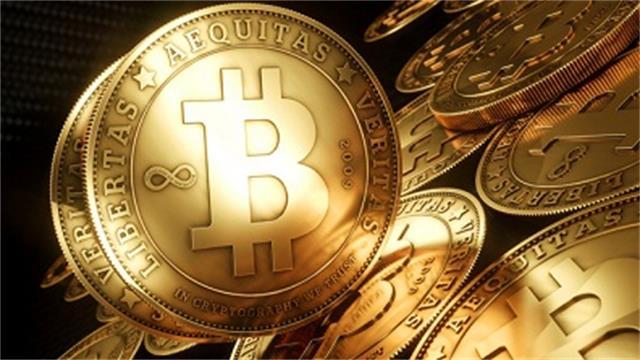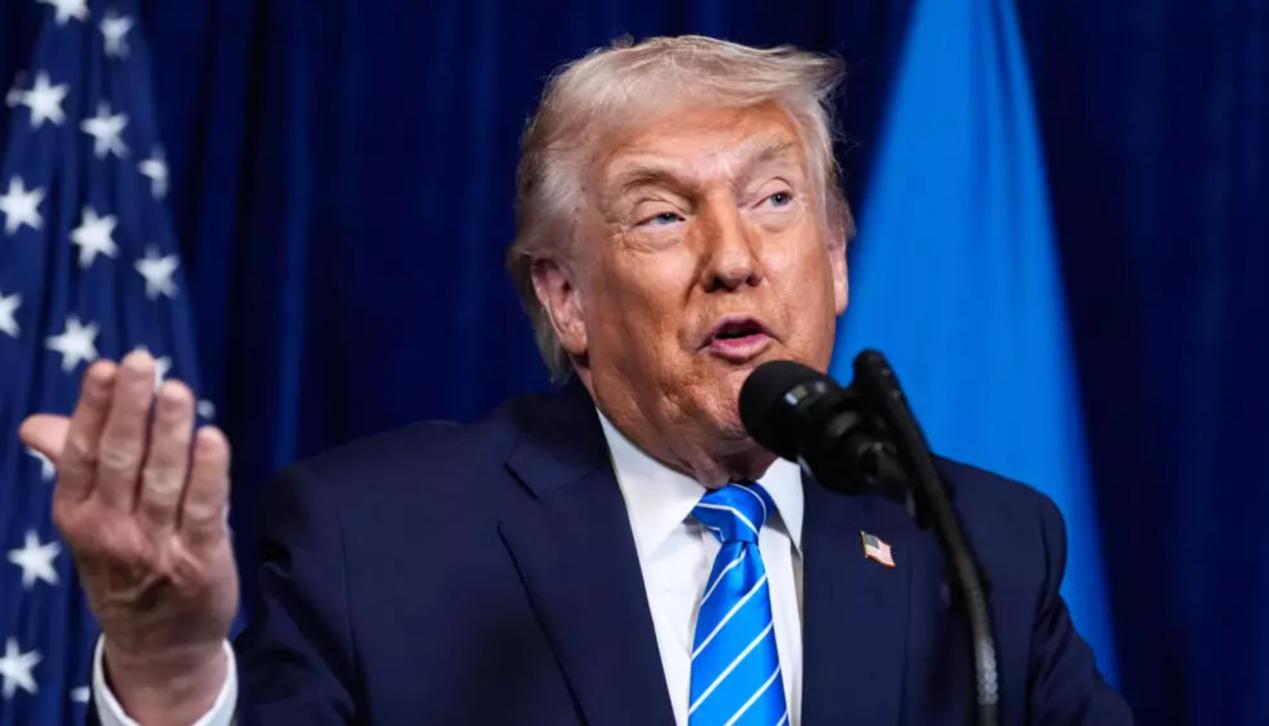
On December 30, 2024, a piece of news caused no small waves in the financial field, the EU began to ban USDT, the significance behind this initiative and the impact on the financial market is worth our in-depth exploration.
USDT, as a representative of the stablecoin field, has been widely used in many scenarios such as digital currency trading for a long time. It is "pegged" to the US dollar, aiming to provide a relatively stable measure of value for the volatile cryptocurrency market, which is convenient for investors to trade, maintain value and other operations. However, the EU has shown a "red card" for Teda's failure to meet the key standards required by the EU's crypto asset Market regulations.
First, the lack of legal permits is a big factor. In the current era of increasingly strict financial supervision, legal and compliant operation licenses are like "birth certificates" for enterprises in the market. The EU has a comprehensive and detailed crypto asset market regulation that aims to create a healthy, orderly financial environment that protects the rights and interests of investors. If Teda does not obtain the corresponding legal license, it means that its operation activities lack official recognition and supervision, which is undoubtedly walking in the gray area of financial order. In this case, once there is a problem, it is difficult for investors to protect their rights and interests through formal ways, and the market is easy to fall into chaos, so the EU decisively banned it.
Moreover, the lack of sufficient reserves has shaken the foundation of USDT as a stablecoin. The reason why stablecoins are called "stable" largely depends on the sufficient reserve assets behind them to support their anchoring relationship with the corresponding fiat currency. For USDT, in theory, there should be an equal amount of US dollar reserves to ensure that each USDT can be converted into US dollars according to the established exchange ratio. However, when Teda cannot meet the requirement of sufficient reserves, USDT's so-called "stability" becomes a castle in the air, and the price can fall off the anchor at any time. This is a huge risk for those investors who hold and use it based on their trust in its stability, which may face a sharp decline in asset value in an instant, and will also impact the stability of the entire cryptocurrency trading ecosystem.
The lack of strict supervision has made the EU worried about the operation of USDT. Due to its emerging nature and particularity, the crypto asset market itself has high risks and uncertainties. Without strict supervision, it is difficult to control the flow of funds, prevent the breeding of illegal financial activities such as money laundering, and ensure the fairness and justice of market transactions. The EU has been committed to building a transparent and standardized financial regulatory system, and in the face of Teda's shortcomings in this regard, banning USDT has become an inevitable choice to maintain financial stability.
From a broader perspective, the EU's move has far-reaching implications for the global cryptocurrency market and the financial regulatory landscape. On the one hand, it has sounded the alarm for other stablecoin projects, warning that they must strictly follow the financial regulatory requirements of various places, comply with the operation, do a good job of reserve management, and take the initiative to accept strict supervision, otherwise they may also face the fate of being banned. On the other hand, it also provides a reference case for other countries and regions in the world in the regulation of crypto assets, allowing more regulators to see the importance of strictly controlling access and operating standards for preventing financial risks.
In general, this incident also reminds them that when participating in cryptocurrency-related investments, they should not only value the surface convenience and benefits, but also deeply examine the compliance and stability of the projects behind. In the future, with the continuous strengthening of global financial regulation, the field of crypto assets is bound to experience more profound changes and reshuffles, and only products that meet regulatory requirements and truly guarantee market stability and investor rights and interests can gain a foothold in the market and develop healthily. In short, the EU's ban on USDT is not only the disposal of a stablecoin project, but also an important reflection of the continuous improvement and strengthening of financial supervision in the new era, which deserves the continuous attention and in-depth thinking of the entire financial community.

On December 29th, Mar-a-Lago in Florida, USA, witnessed a highly anticipated diplomatic meeting - a dialogue between US President Trump and Israeli Prime Minister Netanyahu.
On December 29th, Mar-a-Lago in Florida, USA, witnessed a h…
SoftBank Group announced on Monday that it has agreed to ac…
Recently, the US State Department issued a visa ban, adding…
On January 20, 2025, just 13 days after taking office, Trum…
On December 19, 2025, the U.S. Department of Energy, along …
The relationship between the Trump administration and the U…